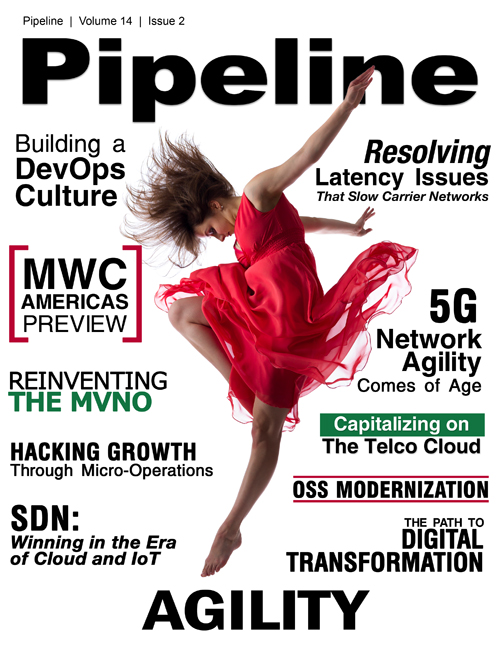Capitalizing on Telco Cloud in the Era of Digital Transformation
- Managing and controlling identity and user access;
- Encryption of data, communications, and operation processes;
- Secure connections among virtual machines (VMs) to one another and to on-premises datacenters; and
- Threat management through anti-malware for cloud services and VMs, as well as intrusion detection, denial-of-service (DDoS) attack prevention, regular penetration testing, and data analytics and machine learning tools.
In terms of security, CSPs must concentrate on vendors and partners that prioritize security. "Microsoft Azure constantly strives to be the most comprehensive in terms of security certifications in the cloud," noted Troup. Indeed, Microsoft Azure was the first to conform to ISO/IEC 27018 — the only international set of privacy controls in the cloud. Additionally, the company has procured more security and compliance certification than any other cloud provider.
“We make extensive investments in the area of security, privacy, and compliance so that they are built right into our platform,” agreed Lievano, noting Microsoft Azure has the foundational technology "from the decades of experience running some of the world’s largest online services." He added that security and privacy are baked into everything from code development through to incident response, and that Microsoft Azure continuously participates in international compliance programs that have independent verification.
In addition to security, Lievano urges that CSPs work toward automated policy enforcement across clouds, with an emphasis on orchestration across public and private domains. This, he believes, will be critical to streamlining operations, optimizing costs, and rapidly developing applications at scale.
Orchestration Across Public and Private Clouds
“The cloud environment itself is becoming a part of the greater orchestration and management story, as CSPs look to deploy and manage applications, without friction, across both public and private clouds,” stated Lievano, who explained that would become particularly important in the evolution toward 5G and hyperscale cloud environments that support digital services. As mentioned before, those services will require communication among literally billions of devices and the endpoints for IoT, augmented reality, connected car, and other use cases that will exist in a distributed cloud.
For these reasons, Microsoft believes CSPs will move to cloud environments in which they can combine hyperscale cloud (big datacenters) with their own 5G clouds, and then workloads at the network edge. “We call it, ‘the intelligent edge,’ where billions of devices will come on to networks through the IoT and other use cases like cognitive services,” noted Troup.
This is paramount to the growing number of apps and services that cannot tolerate latency, as in life-and-death scenarios with smart health or driverless vehicles, the sophistication of orchestration among devices, 5G connectivity, edge cloud computing and big cloud computing. “These are the scenarios that drove us to create Azure IoT Edge, so that developers can run on the device some of the same code they currently run in the cloud— a runtime that works on Windows and Linux, requiring minute amounts of processing power, such as that available on Raspberry Pi.”
Open Source
As CSPs work toward seamless and frictionless orchestration across multiple platforms, Microsoft Azure has made tremendous strides in adopting and leading Linux and open source efforts. “We have become a top Linux contributor, with two out of three new workloads on Azure being some variant of Linux,” pointed out Lievano. “We even made Linux Bash available to developers on Windows 10!”
Today, more than 40 percent of VMs running on Azure are open source, and Docker containers are used as part of the Azure Service Fabric orchestration.



















